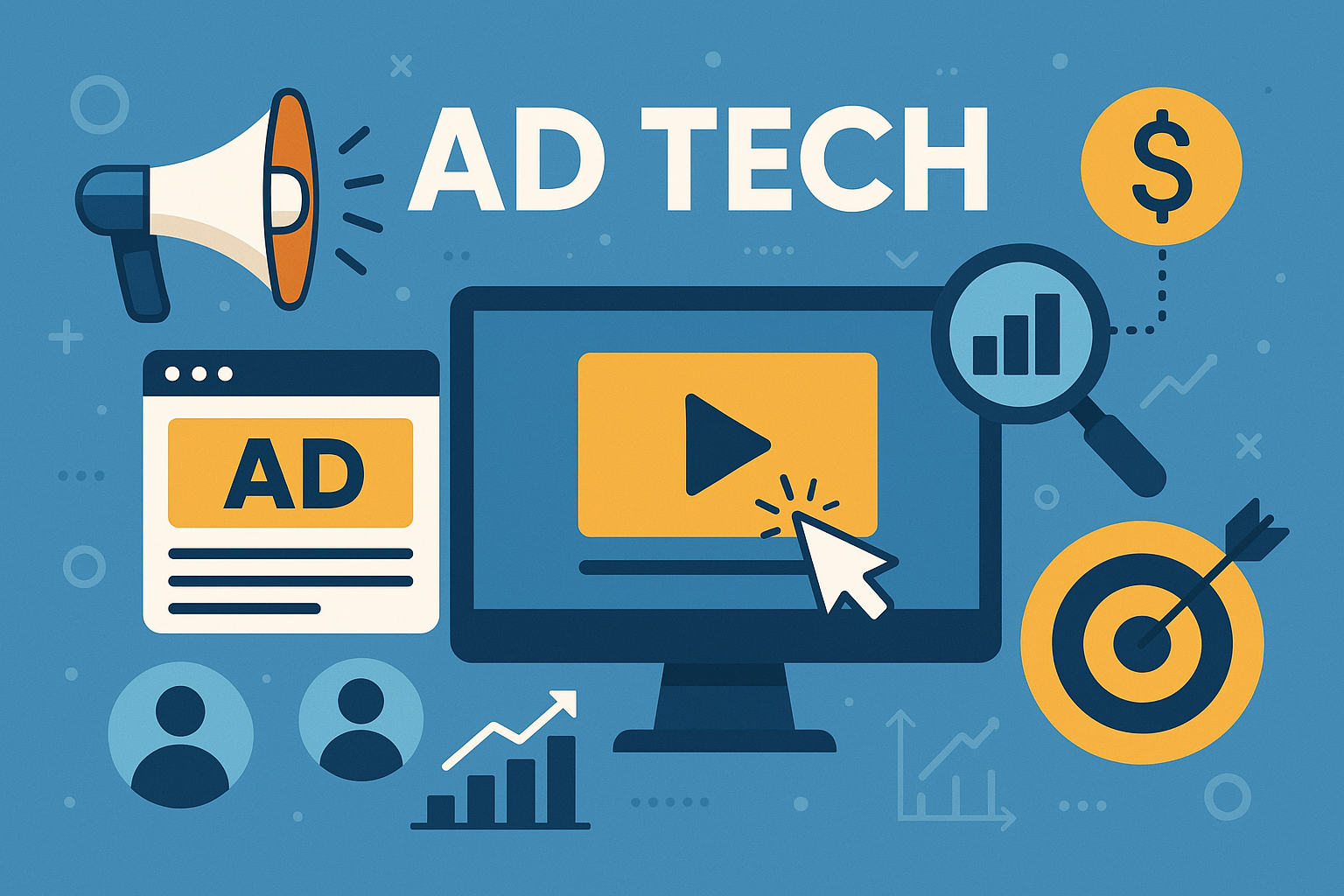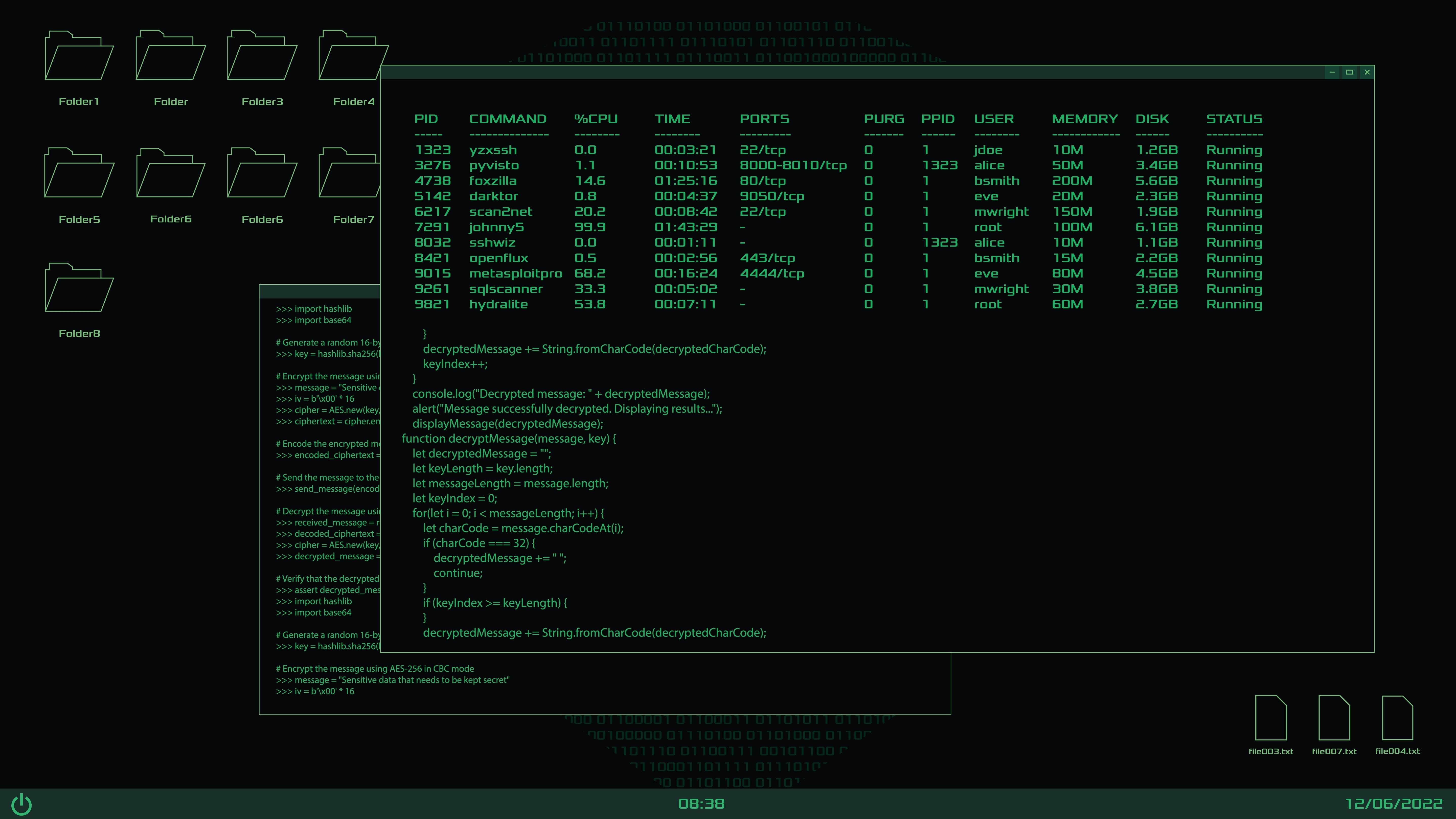AdTech companies face unique challenges in building trust and credibility in a competitive market. While traditional PR tactics remain valuable, the most effective brand stories now come directly from employees who share authentic experiences across their social networks. Recent data shows employee-shared content receives 8x more engagement than content shared through brand channels, and 92% of consumers trust recommendations from employees over any other source. For AdTech brands specifically, employee advocacy programs create opportunities to demonstrate technical expertise, showcase company culture, and reach potential customers through trusted industry voices.
PR Overview
Building Your Employee Ambassador Foundation
The first step in creating an effective employee advocacy program requires identifying and activating your internal champions. Start by looking for employees who already actively share company news and industry insights on social media. These natural advocates often work across different departments and levels, from engineers proud of their latest innovations to sales representatives celebrating customer wins.
Training provides the critical foundation for success. Develop clear social media guidelines that give employees confidence to share while protecting brand reputation. Create content toolkits with pre-approved messaging, images, and hashtags that make sharing easy. According to recent benchmark data, companies that provide comprehensive advocacy training see 67% higher participation rates.
Most importantly, focus on authenticity over volume. Encourage employees to add their personal perspectives when sharing company content. Their genuine enthusiasm for the brand resonates far more than corporate messaging alone.
AdTech employee advocacy works best when aligned with broader PR and marketing goals. Create an editorial calendar that maps key company announcements, product launches, and industry events to employee sharing opportunities. Make it easy for employees to amplify these moments through mobile-friendly sharing platforms.
Content should span multiple categories to maintain engagement:
- Technical insights and thought leadership
- Customer success stories
- Company culture and behind-the-scenes glimpses
- Industry news and trends
- Career opportunities and growth
Data shows varied content drives 43% higher engagement compared to single-focus approaches. Build in flexibility for employees to choose content that matches their expertise and interests.
Aligning Internal Communications with External PR Goals
Strong employee advocacy requires seamless coordination between internal communications and PR teams. Regular updates keep employees informed about company news before external announcement. This insider knowledge helps them share authentically when news goes public.
Create dedicated channels (Slack, email, internal social) to distribute shareable content and celebrate advocacy wins. According to recent studies, companies with active internal communication programs see 73% higher advocacy participation when leadership actively participates.
Schedule regular feedback sessions to understand what content resonates with employees and what barriers prevent sharing. Use these insights to refine your program and increase participation over time.
Motivating Long-Term Participation
While initial enthusiasm often drives strong participation, maintaining momentum requires thoughtful incentives. Research shows successful programs balance multiple motivation types:
- Recognition: Highlight top advocates in company meetings and communications
- Professional development: Offer social media training and personal branding workshops
- Rewards: Consider point systems for consistent sharing that unlock meaningful perks
- Competition: Create friendly contests around specific campaigns or goals
- Impact tracking: Share metrics showing how employee advocacy amplifies brand reach
However, avoid over-emphasizing rewards that could make sharing feel forced. The most effective programs (48% higher engagement) focus on making advocacy natural and enjoyable rather than transactional.
Measuring Success and Optimizing Performance
Track both quantitative and qualitative metrics to demonstrate program value:
- Social reach and engagement
- Content shares and employee participation rates
- Website traffic from employee-shared links
- Media mentions stemming from employee advocacy
- Recruitment metrics and candidate quality
- Brand sentiment analysis
Use advocacy management platforms to streamline measurement and identify opportunities for improvement. Regular reporting helps secure continued resources and executive support for your program.
Your employees represent your most credible brand voices. By providing the right framework, support, and motivation, you can activate these authentic advocates to amplify your PR efforts and build lasting trust with key audiences. Start small, focus on quality over quantity, and continuously refine your approach based on employee feedback and performance data. The investment in employee advocacy today will pay dividends in brand reputation and market position tomorrow.
How AU Is Transforming Corporate Communications
Corporate communications teams face mounting pressure to produce more content, respond faster to...
The Intersection of Corporate Communications and Cybersecurity Messaging
When a cybersecurity incident strikes, the technical breach is only half the battle. The other...
Position Yourself as a Health Expert Journalists Actually Call
Most health and wellness founders hit a wall when their expertise outpaces their visibility....




